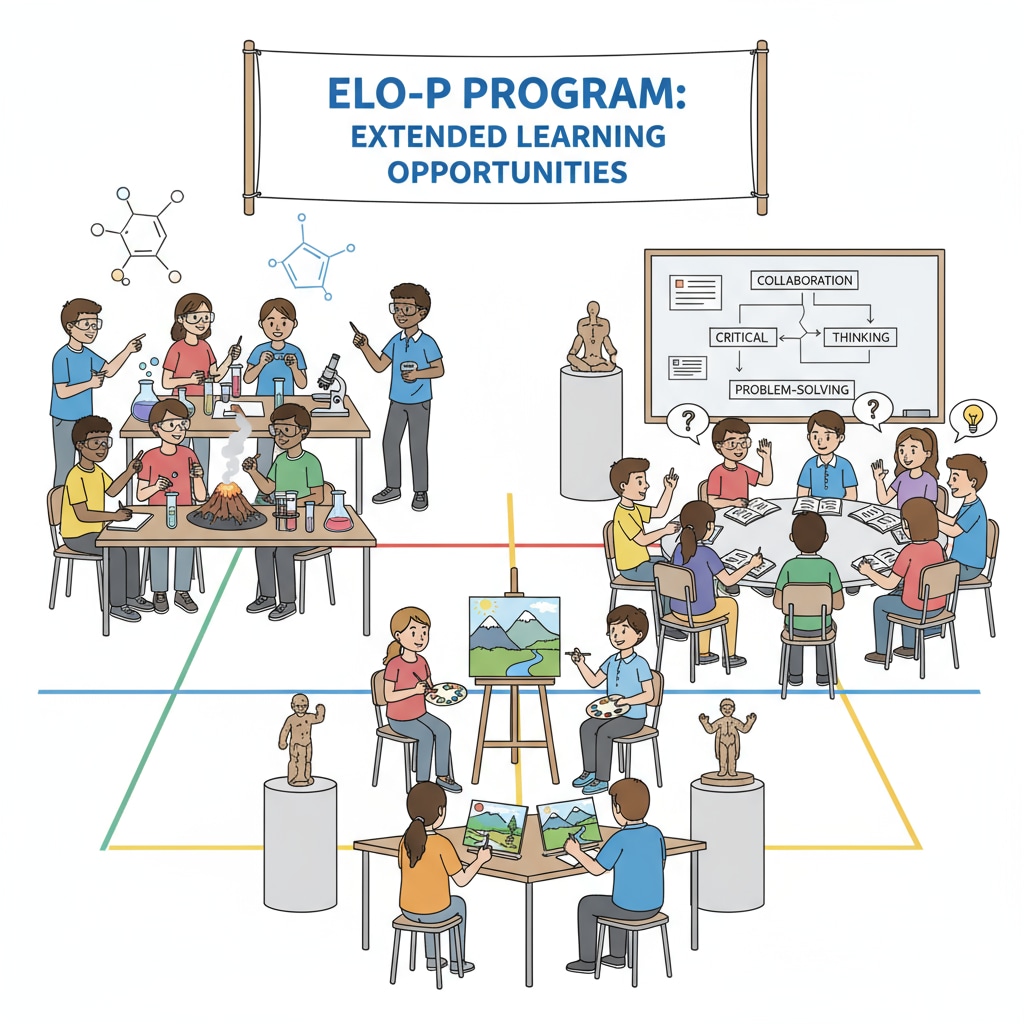The California Expanded Learning Opportunities Program (ELO-P), a crucial initiative in educational funding for extended learning, is making waves in the traditional K12 education landscape. This program has become a focal point for educators, students, and parents alike, as it aims to reshape the way education is delivered and received.

The Genesis of ELO-P
The ELO-P was born out of a recognition of the limitations of the traditional K12 education model. In a world where educational needs are diverse and constantly evolving, there was a need for a program that could provide additional support and learning opportunities. As a result, ELO-P was introduced to bridge the gaps in education and offer a more comprehensive learning experience. According to Wikipedia’s Education in California page, this program was designed to address issues such as achievement gaps and limited access to enrichment activities.
Educators’ Perspectives on ELO-P
Educators have a range of views on the ELO-P. Many see it as a game-changer in providing resources for extended learning. For example, it allows for the creation of more personalized learning plans. Teachers can now tailor activities to the specific needs of students, which was previously challenging due to resource constraints. However, some educators also face challenges. There may be a lack of proper training on how to effectively implement the program. As stated on Education Week’s article on California’s ELO-P, ensuring that teachers are well-versed in the new teaching methods required by ELO-P is crucial for its success.

The Potential of ELO-P in Bridging Learning Gaps
ELO-P has the potential to significantly bridge learning gaps among students. By providing extended learning opportunities, students who may have fallen behind can catch up. For instance, after-school programs funded by ELO-P can offer targeted tutoring. This personalized attention can help students struggling with certain subjects to improve their understanding. Additionally, the program can also support gifted students by providing advanced learning materials and activities, further enriching their educational experience.
Challenges Faced in Implementing ELO-P
Despite its potential, implementing ELO-P is not without challenges. One major hurdle is ensuring equitable distribution of resources. Some schools may be better equipped to take advantage of the funding, while others may face difficulties. In addition, coordinating different stakeholders, such as teachers, administrators, and community organizations, can be complex. There needs to be a unified approach to make the most of the extended learning opportunities provided by ELO-P.
In conclusion, the California ELO-P, with its focus on educational funding for extended learning, is a significant step towards reshaping the K12 education ecosystem. While it holds great promise in bridging learning gaps and providing personalized education, addressing the challenges it faces is essential for its long-term success. As educators, policymakers, and communities work together, ELO-P can become a powerful tool in providing quality education for all K12 students. Readability guidance: The article uses short paragraphs to convey ideas clearly. Each H2 section provides a focused discussion, and lists are used where appropriate. The passive语态 is kept to a minimum, and transition words like ‘however’, ‘for example’, and ‘in addition’ are used to enhance flow.


